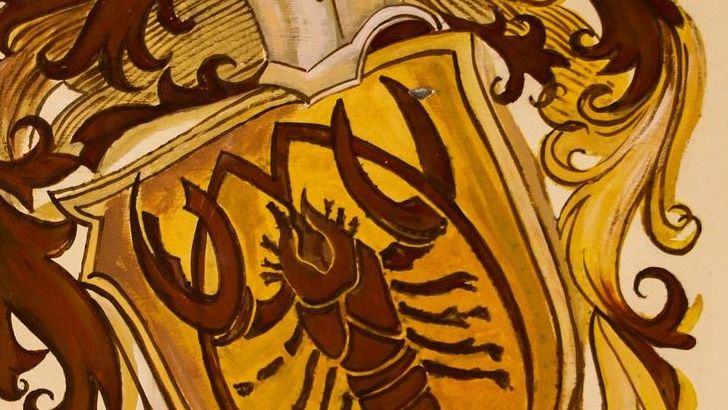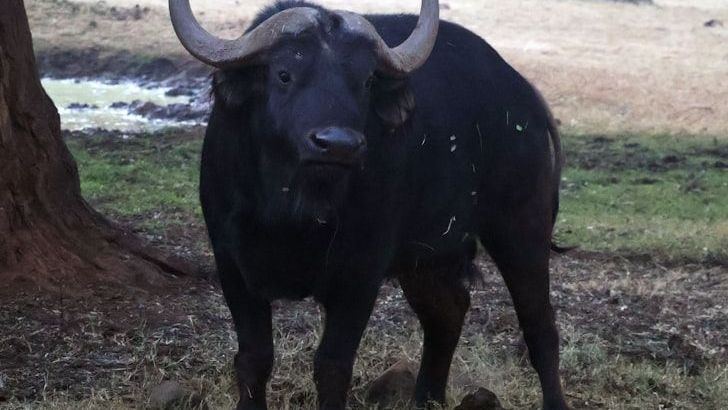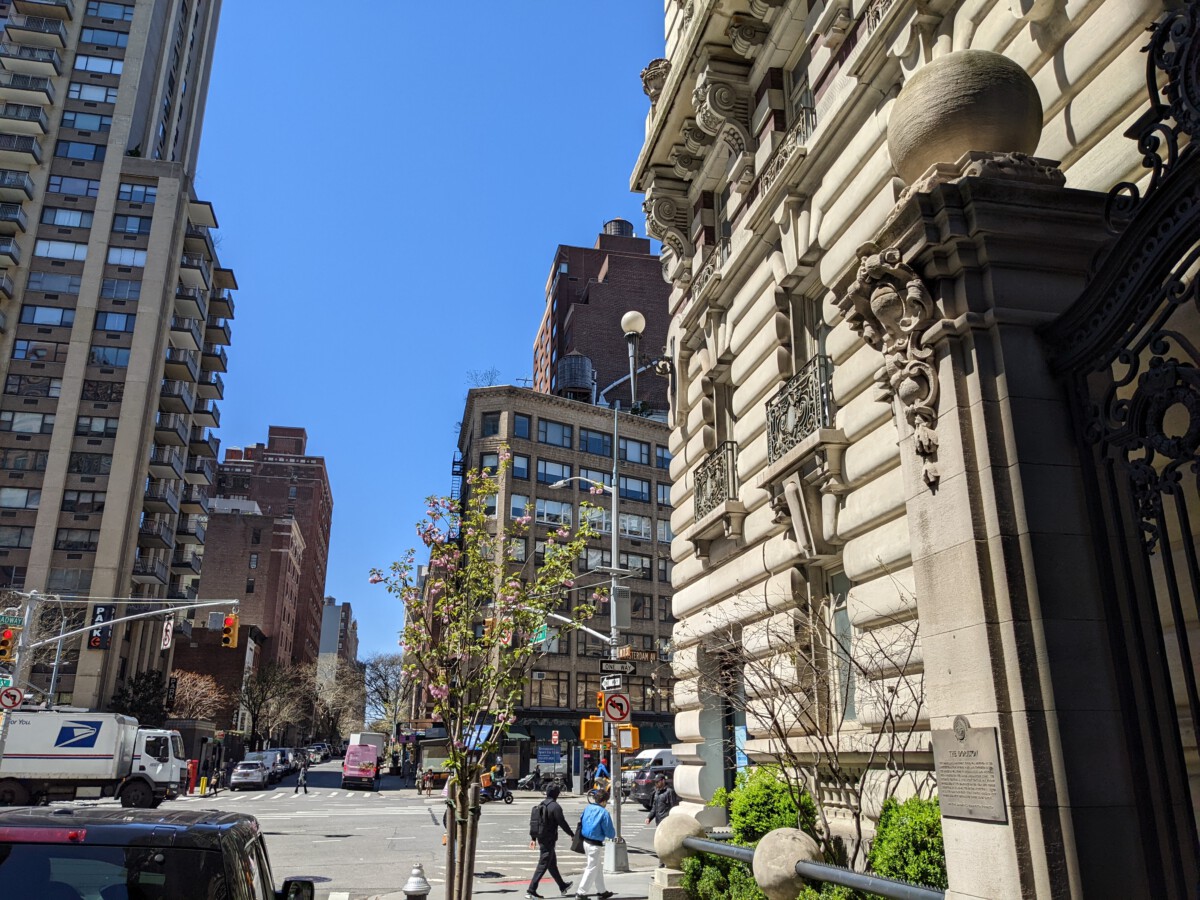A Morning That Started with Cheers Ends in Silence (image credits: Unsplash)
In the heart of Munich, where golden leaves frame the sprawling fairgrounds, an unexpected wave of tension replaced the morning’s excitement, leaving tents empty and pathways quiet under a cloudy October sky.
A Morning That Started with Cheers Ends in Silence
Imagine gearing up for the 190th Oktoberfest, only for everything to grind to a halt before the first stein is raised. That’s exactly what unfolded in Munich today when authorities shut down the entire festival site. The decision came swiftly, catching thousands off guard as they arrived for what should have been a day of revelry.
Police acted on a credible threat that tied directly to an earlier incident, prioritizing safety over tradition. This rare closure highlights just how seriously officials are taking potential dangers during one of Germany’s most crowded events. It’s a stark reminder that even in celebration, vigilance never sleeps.
By midday, the usually vibrant Theresienwiese transformed into a secured zone, with barriers up and officers patrolling every corner. The shift from festive anticipation to cautious lockdown happened in minutes, underscoring the fragility of public gatherings.
The Fatal Explosion That Sparked the Alert
Everything began with a bang—literally—in a quiet residential area north of the city center. Early Wednesday, neighbors heard explosions and saw flames erupting from a detached house. When emergency crews arrived, they found the building ablaze and one man severely injured nearby, who sadly didn’t survive.
Investigators quickly determined the fire was no accident; it stemmed from a heated domestic dispute. Inside the home, they uncovered explosive devices, suggesting the incident was far more volatile than a simple argument. This discovery turned a local tragedy into a citywide concern.
The deceased man’s identity remains under wraps, but authorities believe he may have been the one behind the setup. Another person connected to the household is still missing, adding layers of uncertainty to the unfolding story. For now, the focus is on piecing together what led to such a desperate act.
Bomb Threat Ties the Dots to Oktoberfest
As if the explosion wasn’t alarming enough, a subsequent bomb threat explicitly linked it to the festival grounds. Munich police received the warning shortly after securing the blast site, prompting an immediate evacuation and closure of the fairgrounds. They described the threat as serious enough to warrant treating the entire area as a potential hazard.
With tens of thousands expected to flood the event on its opening day, the stakes couldn’t be higher. Officers cordoned off major roads and deployed bomb squads to sweep the premises. It’s a scenario no one at Oktoberfest wants to imagine, yet here it was, unfolding in real time.
The connection between the house fire and the threat isn’t fully clear, but officials suspect the perpetrator aimed to extend the chaos to the crowds. This has left many wondering if personal grudges could spill into public spaces so dramatically.
How the Shutdown Rippled Through the City
For locals and visitors alike, the news hit like a cold splash of beer. Hotels filled with disappointed guests, street vendors lost out on prime sales, and the economic buzz that Oktoberfest generates took an abrupt pause. Estimates suggest the festival pumps millions into Munich’s economy each year, so even a partial closure stings.
Transportation around the site snarled as people were redirected, and social media lit up with shared frustration and concern. Families who’d traveled far for the tradition found themselves exploring alternative plans, from museum visits to quiet cafe stops. It’s these human stories that make the disruption feel all the more real.
Yet amid the letdown, there’s a sense of community resilience. Many are using the time to connect in smaller groups, turning a setback into an unexpected chance for genuine Bavarian hospitality.
Security Measures in the Spotlight
Oktoberfest has always ramped up security, but today’s events push it to new levels. Here’s a quick look at some standard protocols that were intensified:
- Bag checks and metal detectors at all entrances to screen for threats.
- Increased patrols by both local police and federal units, including K-9 teams for explosive detection.
- Surveillance cameras and AI monitoring to spot unusual patterns in crowds.
- Emergency response drills tailored for mass events like this.
- Coordination with national intelligence to flag any broader risks.
These steps, while routine, proved crucial today. The swift closure likely prevented worse outcomes, showing how preparedness can turn potential disaster into a manageable hiccup. Still, it raises questions about balancing fun with fortified defenses.
Comparing past incidents, like minor disruptions in previous years, this stands out for its direct link to a fatality. A simple table illustrates the escalation:
| Year | Incident Type | Impact |
|---|---|---|
| 2025 | Bomb threat + explosion | Full closure, 1 death |
| 2024 | Weather delay | Partial opening |
| 2023 | Crowd surge alert | Entry limits |
Looking Ahead: Will the Festivities Resume?
Officials have tentatively planned to reopen by early evening, around 5 p.m., once clearances are complete. The mayor emphasized that safety comes first, but they’re working hard to salvage the day. Bomb disposal teams are methodically checking every inch, ensuring no risks linger.
If all goes well, the taps could flow again soon, with heightened vigilance in place. For organizers, it’s about restoring that magical atmosphere without the shadow of fear. Visitors might notice more checks, but the spirit of Oktoberfest—rooted in joy and unity—should prevail.
Until then, the city holds its breath, hoping for a quick resolution.
Key Takeaways
- The bomb threat stemmed from a domestic explosion, not a larger terror plot, based on initial reports.
- Oktoberfest’s closure is temporary, aimed at protecting the massive crowds expected daily.
- This incident underscores the need for ongoing security enhancements at public events.
In the end, today’s scare serves as a sobering reminder that even the heartiest traditions must adapt to modern threats, keeping the party alive without the peril. What does it take for a city to bounce back from such a jolt—resilience, or something more?








